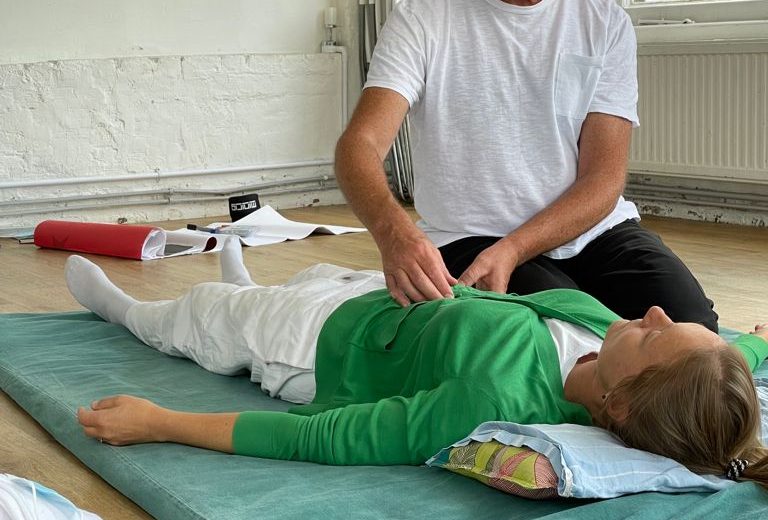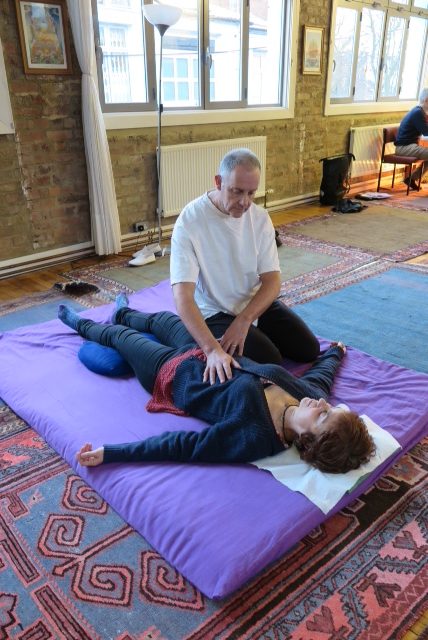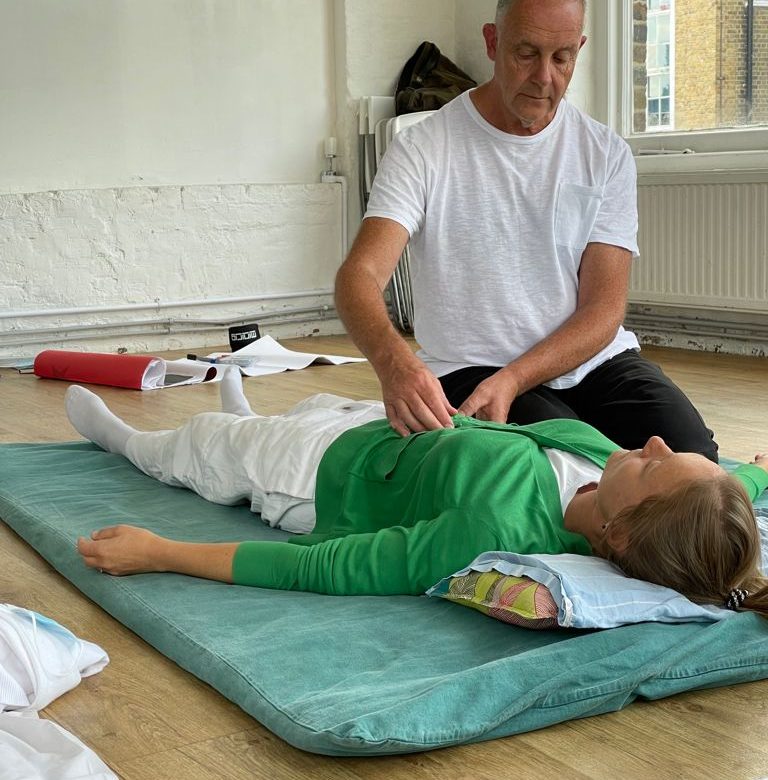What is Shiatsu?

Shiatsu is a system of exercise, healthcare, philosophy and self-development based upon the principles of Yin and Yang. Shiatsu is a holistic bodywork therapy from Japan which has benefits on all levels ~ physical, emotional and spiritual. It has been described as “Acupuncture without needles”.
It is a contemporary bodywork therapy, which works on all the different energy levels of your body: physical, emotional & spiritual. It has evolved from thousands of years of Oriental medical history & the name when translated means “thumb pressure”.
Shiatsu is characterized by its great simplicity. It grew from earlier forms of massage, called Anma in Japan (Anmo or Tuina in China) which use rubbing, stroking, squeezing, tapping, pushing, and pulling to influence the muscles and circulatory systems of the body. Shiatsu, by contrast, uses few techniques and to an observer, it would appear that little is happening with the practitioner applying relaxed pressure at various points on the body with the hand or thumb. An easy leaning of the elbows or a simple rotation of a limb. With an objective to help restore the balance of the energy within the receiver’s body.
How does Shiatsu work?
The aim of Shiatsu is to help restore balance to the body. This can be on both a physical and energetical level (Eastern medicine sees no difference). By applying relaxed perpendicular pressure the session aims to “harmonise” and bring into balance the distribution and circulation/flow of life force energy (chi). If the circulation/distribution becomes unbalanced disharmony and potential “illness” can manifest as a result.

What does a Shiatsu session involve?
Treatment will usually take place on a futon, a thick padded mat on the floor and will last about an hour. The practioner gathers details about your medical history, lifestyle and general health. This forms the basis for a diagnosis. With Shiatsu diagnosis ones lifestyle and intention effects/alters the distribution and circulation of your energy (Chi).
The practitioner applies relaxed perpendicular pressure to the receiver through their clothing (preferably loose and comfortable cotton clothing) and may also use stretching and joint mobilising techniques. To obtain the maximum benefit it is advisable not to drink alcohol or eat a heavy meal before your treatment. After treatment, it is recommended to drink plenty of water.
Adam is a practicing member of British Shiatsu-Do school and is a qualified Teacher.


